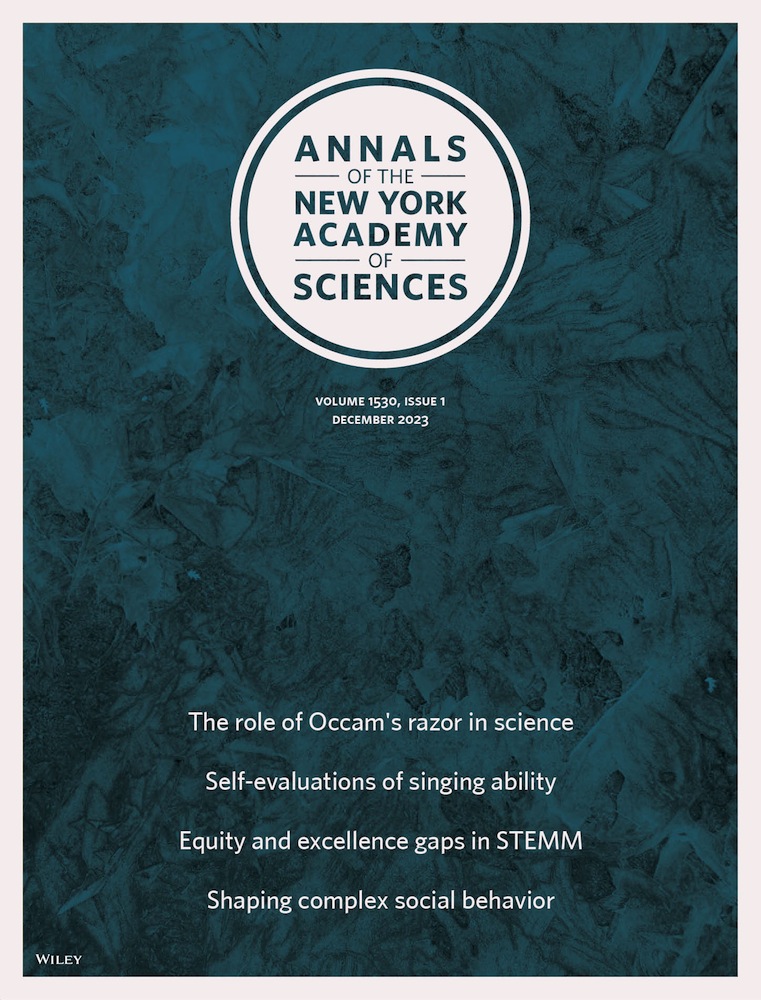Brazil climate highlights 2023
IF 4.1
3区 综合性期刊
Q1 MULTIDISCIPLINARY SCIENCES
引用次数: 0
Abstract
In the year 2023, the Earth experienced the highest near‐surface temperature anomalies ever recorded until then. In addition, several extreme weather and climate events occurred around the world, including in Brazil. In this context, the primary objective of this study is to analyze the anomalous temperature and precipitation patterns observed in Brazil during 2023, along with the most significant extreme events. Different datasets and methodologies were applied. The north coast of the state of São Paulo had the highest accumulation of rainfall recorded in Brazil in a single day. September, October, and November 2023 experienced the large precipitation deficits over the Amazon region, leading to a very intense and prolonged drought. The south of Brazil was affected by a large amount of precipitation in a short time, associated with cyclones, resulting in fatalities and economic losses. Southeast and Central‐West Brazil experienced two intense heatwaves in the austral spring, breaking daily temperature records in major cities like São Paulo and Rio de Janeiro. Overall, this study describes the main physical processes responsible for these extremes, along with the socioenvironmental impacts caused by most of them.巴西气候突出2023年
2023年,地球经历了有记录以来最高的近地表温度异常。此外,包括巴西在内的世界各地发生了几起极端天气和气候事件。在此背景下,本研究的主要目的是分析2023年巴西观测到的异常温度和降水模式,以及最显著的极端事件。采用了不同的数据集和方法。圣保罗州北部海岸的降雨量创下了巴西单日最高记录。2023年9月、10月和11月,亚马逊地区经历了大量降水不足,导致了非常严重和持续的干旱。巴西南部在短时间内受到与旋风有关的大量降水的影响,造成人员死亡和经济损失。巴西东南部和中西部在南部春季经历了两次强烈的热浪,在圣保罗和里约热内卢等主要城市打破了每日温度记录。总体而言,本研究描述了导致这些极端天气的主要物理过程,以及其中大多数极端天气造成的社会环境影响。
本文章由计算机程序翻译,如有差异,请以英文原文为准。
求助全文
约1分钟内获得全文
求助全文
来源期刊

Annals of the New York Academy of Sciences
综合性期刊-综合性期刊
CiteScore
11.00
自引率
1.90%
发文量
193
审稿时长
2-4 weeks
期刊介绍:
Published on behalf of the New York Academy of Sciences, Annals of the New York Academy of Sciences provides multidisciplinary perspectives on research of current scientific interest with far-reaching implications for the wider scientific community and society at large. Each special issue assembles the best thinking of key contributors to a field of investigation at a time when emerging developments offer the promise of new insight. Individually themed, Annals special issues stimulate new ways to think about science by providing a neutral forum for discourse—within and across many institutions and fields.
 求助内容:
求助内容: 应助结果提醒方式:
应助结果提醒方式:


